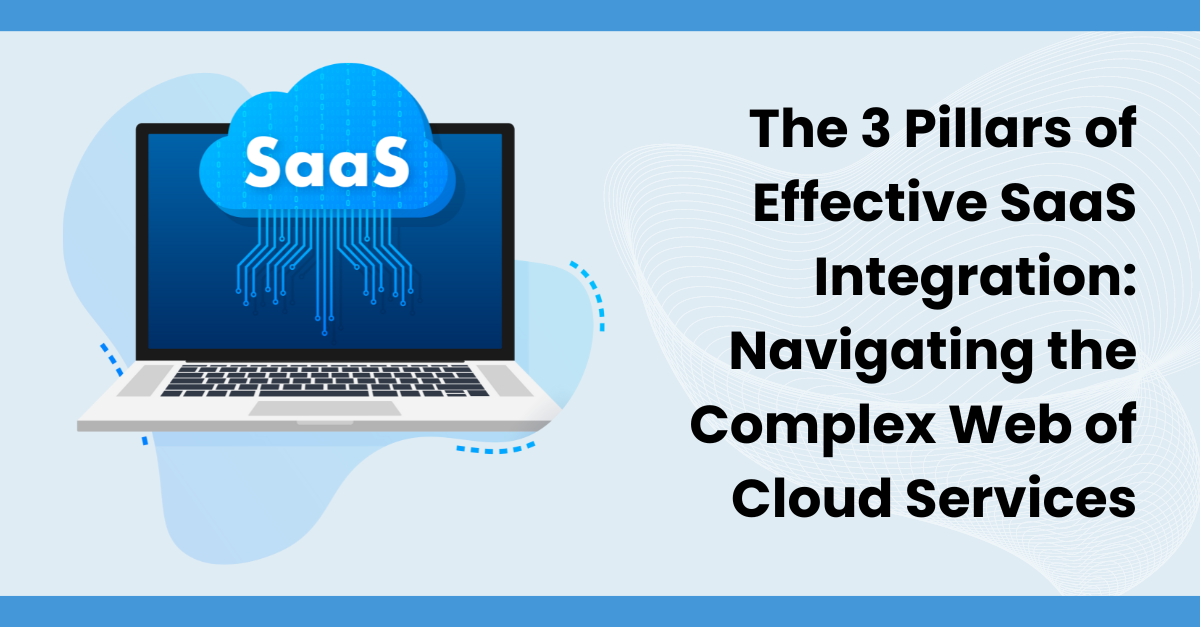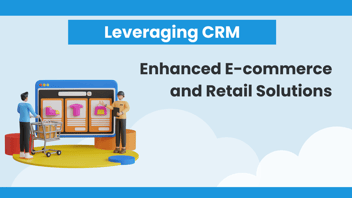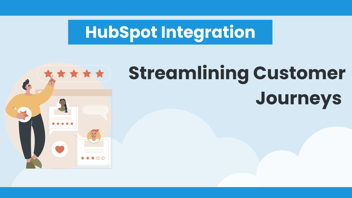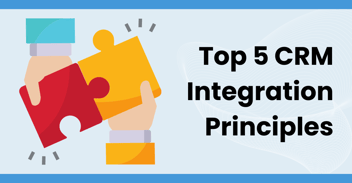SaaS (Software as a Service) is great for a burgeoning business. You can use powerful apps on the cloud without installing or maintaining anything. But what if you want to connect different SaaS apps with one another and with your existing systems? Well, that’s where SaaS application integration comes in.
SaaS integration is the art of making different SaaS applications talk to each other and share data and functionality. SaaS integration can make your life happier. It makes business processes easier, your data better, and your users happier. With all that said, it can also be tricky, since not all SaaS apps play nice together.
In this article, we’ll discuss three key pillars for knocking your SaaS integration out of the park: interoperability, security, and user experience.
Interoperability - SaaS Application Integration
Interoperability is the ability of different SaaS apps to communicate with each other and other systems, using unified standards and protocols. Interoperability can help you synchronize your data, automate workflows, and enable cross-app functionality.
But interoperability isn’t always cut and dry. Different SaaS apps may use different data formats, APIs, authentication methods, or overall business logic. These SaaS apps are also prone to changing and updating, which can mess up your integration.
The easiest ways to manage this and boost interoperability are by:
- Using a SaaS integration platform or service that can link your different SaaS apps with pre-built connectors, templates, and tools.
- Using standard data formats and protocols like JSON, XML, REST, SOAP, and OAuth, to make data exchange and API communication easy across all your SaaS apps.
- Using data mapping and transformation techniques to make sure your data is consistent and clean across all your SaaS apps. This also ensures proper functionality by handling any data errors and mismatches.
- Using event-driven and real-time integration approaches to synchronize data and automate workflows across different apps, while also reacting and adapting to changes or updates in those apps.
Security - SaaS Data Integration
Security is the measure of your SaaS integration's ability to protect your data from outside access, leakage, cyberattacks, malware, and other threats. It’s vital for keeping your data private, safe, and secure.
SaaS integration involves exposing and transferring your data across multiple SaaS apps and systems, meaning that security can be tough. Your data will have to pass through different security levels, mechanisms, and methodologies. This introduces new risks and vulnerabilities to your systems.
Here are some ways you can boost security:
- Use encryption and tokenization techniques to protect your data while it’s in transit and at rest.
- Use authentication and authorization mechanisms to verify identity and access rights to your data. This limits access based on roles and permissions.
- Use monitoring and auditing tools to track and record any events related to your SaaS integration, allowing you to respond to anomalies and incidents.
- Apply security testing and vulnerability scanning techniques to find any holes in your security or weaknesses in your SaaS integration.
User Experience - SaaS Integration Strategy
User experience in terms of SaaS integration translates to a smooth and satisfying interaction for the users of the SaaS apps, as well as for administrators of the integration. UX is important for tons of reasons, but for the customer it helps you improve user satisfaction, loyalty and retention, while for the administrators it improves productivity, efficiency, and overall performance.
Again, since SaaS integration involves multiple apps and platforms, this isn’t always the smoothest process to set up. These apps have different interfaces, functionalities, and workflows, meaning that aberrations can interrupt user satisfaction.
Here are some best practices and strategies to boost UX:
- User user-centric approaches. This is a strategy that focuses on user needs, preferences, and pain points of users and admins of the integration. It’s meant to design and deliver solutions that meet certain goals.
- Use single sign-on and federated identity techniques to allow users access across multiple SaaS apps with one login. This simplifies user authentication and your management process.
- Use user interface and user experience design principles to create a consistent and intuitive experience and interface across all of your SaaS apps. This provides a seamless and integrated user journey and workflow.
- Use performance optimization to make sure that your app integrations maintain speed, quality, and reliability across all SaaS apps.
SaaS integration is the key for unlocking the full potential of your SaaS apps, as well as a smooth and seamless workflow across all required applications. It also helps you gain a competitive and strategic advantage in the cloud era.
By following these guidelines, you can make sure that your SaaS integration is effective, efficient, and enjoyable. Trust us, a solid SaaS integration is one of the most satisfying achievements for a cloud-based business.





Leave a Comment